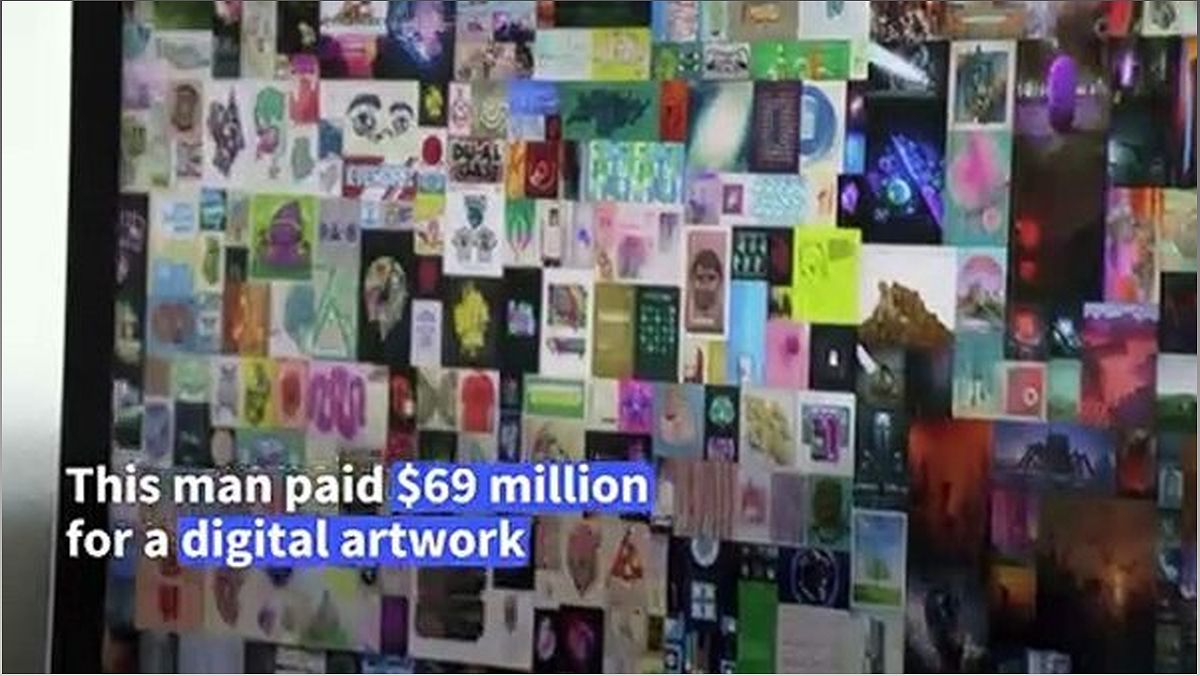Welcome to the captivating realm of NFTs and blockchain art! In this article, we will delve into the world of non-fungible tokens, or NFTs, and explore their growing influence on the art market. Join me, Emily Adams, a seasoned content writer and digital art enthusiast, as we unravel the mysteries behind this exciting phenomenon. Get ready to discover what NFTs are, how they function, and the incredible impact they have had on the art world. Let's embark on this journey together!
What are NFTs?
Discover the concept of non-fungible tokens and their significance in the art world.
Non-fungible tokens, or NFTs, are unique digital assets that are stored on a blockchain. Unlike cryptocurrencies such as Bitcoin or Ethereum, which are interchangeable, NFTs cannot be exchanged on a like-for-like basis. Each NFT holds distinct characteristics and ownership information, making it one-of-a-kind.
These digital tokens have gained immense popularity in the art industry, revolutionizing the way we perceive and trade art. NFTs provide artists with a new medium to showcase their work and collectors with a means to own exclusive digital pieces.
With the ability to verify authenticity and provenance, NFTs have become a game-changer in the art market, offering artists and creators unprecedented opportunities for recognition and monetization.
How do NFTs Work?
Unravel the inner workings of NFTs and explore the technology behind them.
NFTs are built on blockchain technology, which ensures transparency, security, and immutability. Each NFT is associated with a unique identifier that records its ownership and transaction history.
When an artist creates an NFT, they can choose to include additional metadata, such as the artwork's description, the artist's signature, or even unlockable content for the buyer. This metadata adds value and uniqueness to the digital asset.
Smart contracts, self-executing agreements on the blockchain, govern the buying, selling, and transferring of NFTs. These contracts automatically enforce the terms and conditions set by the creator, ensuring that artists receive royalties from secondary sales.
The Impact on the Art Market
Explore the transformative effects of NFTs on the traditional art market.
NFTs have democratized the art world, providing artists with direct access to a global audience and eliminating the need for intermediaries like galleries or auction houses. This newfound accessibility has empowered artists from diverse backgrounds to showcase their talent and gain recognition.
Furthermore, NFTs have revolutionized the concept of ownership. With traditional art, ownership can be difficult to prove and transfer. However, NFTs offer a transparent and verifiable ownership record, making it easier for collectors to buy, sell, and trade digital art.
The introduction of NFTs has also sparked debates about the environmental impact of blockchain technology. The energy consumption associated with blockchain transactions has raised concerns, prompting artists and platforms to explore more sustainable solutions.
The Future of NFTs
Gain insights into the potential and challenges of NFTs in the long run.
The future of NFTs holds immense possibilities. As the technology continues to evolve, we can expect to see more innovative use cases beyond art, such as virtual real estate, collectibles, and even digital identities.
However, challenges lie ahead. The NFT market is currently experiencing a surge in popularity, leading to concerns about market saturation and the potential for scams. It is crucial for artists, collectors, and platforms to navigate this landscape carefully and ensure sustainable growth.
Despite the challenges, NFTs have undoubtedly made a lasting impact on the art world, redefining the way we create, own, and trade digital assets. Whether you're an artist looking to explore new avenues or an art enthusiast curious about the future of the industry, NFTs are worth keeping an eye on.

